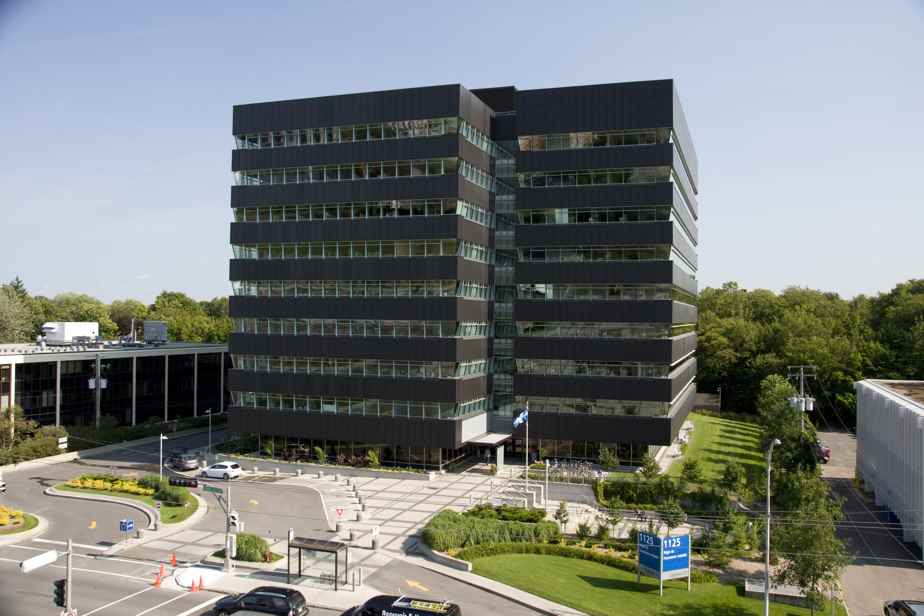Faced with the energy crisis in Europe, Denmark will lower temperatures in public buildings to 19°C. Would it be appropriate to do the same in Quebec in order to save energy and reduce our greenhouse gas (GHG) emissions?
Posted at 6:00 a.m.
“The indoor temperature should be lowered to 19℃, unless special conditions require a higher temperature,” Danish Energy and Climate Minister Dan Jørgensen told a press conference in September. Normally, the temperature is between 21 and 23 ℃, said the minister, adding that retirement homes, day care centers and hospitals were not affected by the measure.
The French Minister of Economy and Finance, Bruno Le Maire, meanwhile said that his ministry would not turn on the heating during the winter “as long as the temperature [à l’intérieur] won’t be below 19℃,” and that he himself would wear turtlenecks from now on.
In a 2018 report, the World Health Organization (WHO) estimated that indoor housing temperatures should be “high enough to protect residents from the adverse health effects of cold weather”. For countries with temperate or colder climates, 18°C has been proposed as the correct temperature during cold seasons, except for vulnerable people.
Warmer in Quebec
In Quebec, the heating of residential, commercial and institutional buildings accounts for 10% of GHG emissions. This sector is in third place among those producing the most emissions, after transport and industry, according to the latest inventory, which dates from 2019.
In the cold season, the temperature inside rental units should be around 21℃, says the Administrative Housing Tribunal (TAL). The Regulation respecting occupational health and safety also provides that the mandatory minimum temperature in the office, for “light work in a seated position, in particular any brain work, precision work or which consists of reading or writing”, is 20 °C. A lower temperature is permitted for more physically demanding work.
To my knowledge, the heating setpoint temperatures in public buildings are often higher, around 21 or 22°C, or even more, because the operators want to avoid complaints, and because the comfort experienced depends on other factors.
Michaël Kummert, professor in the mechanical engineering department of Polytechnique Montréal
“There would undoubtedly be a margin between the instructions actually used and the regulatory minimum, at the risk of not ensuring comfort in certain parts of a building”, according to the expert.
But that’s probably not the best way to save energy, argues Professor Kummert.
“An often-quoted figure [en France, par exemple] is 7% savings by lowering the setpoint by 1 ℃”, he says, but these savings depend in particular on the outside temperature. “With our winter temperatures in Quebec, we would undoubtedly have lower values, but we would remain in the order of a few percent. »
Applying the current guidelines better, for example by lowering the thermostats at night and avoiding having the air conditioning “fight” with the heating, “could lead to significantly greater savings”, argues Professor Kummert.
Heat with the heat of a data center
The Ministry of the Environment and the Fight against Climate Change (MELCC) is also putting forward other measures in this area, such as the recovery of thermal discharges. For example, “the head office of the RAMQ [Régie de l’assurance maladie du Québec] in Quebec heats its building entirely with waste heat from its data center,” explains spokesperson Caroline Cloutier.
“The GHG reduction potential remains to be determined more precisely, but the first evaluations of the [ministère de l’Énergie et des Ressources naturelles] suggest significant GHG reduction potential,” she argues.
A ban on the installation of an oil-fired heater in new residential construction — which is to be extended to all existing buildings by the end of 2023 — is also part of the solution, adds Ms.me Cloutier.
“The lowering to 19°C undoubtedly also has a symbolic value, concludes Professor Kummert, that of saying that everyone must contribute to efforts to save energy. »
With Agence France-Presse
Learn more
-
- 8.4 million
- In 2019, the residential, commercial and institutional sector (building heating) produced 8.4 million metric tons of carbon dioxide equivalent, or 10.0% of Quebec’s GHG emissions.
Source: Quebec inventory of GHG emissions 2019

